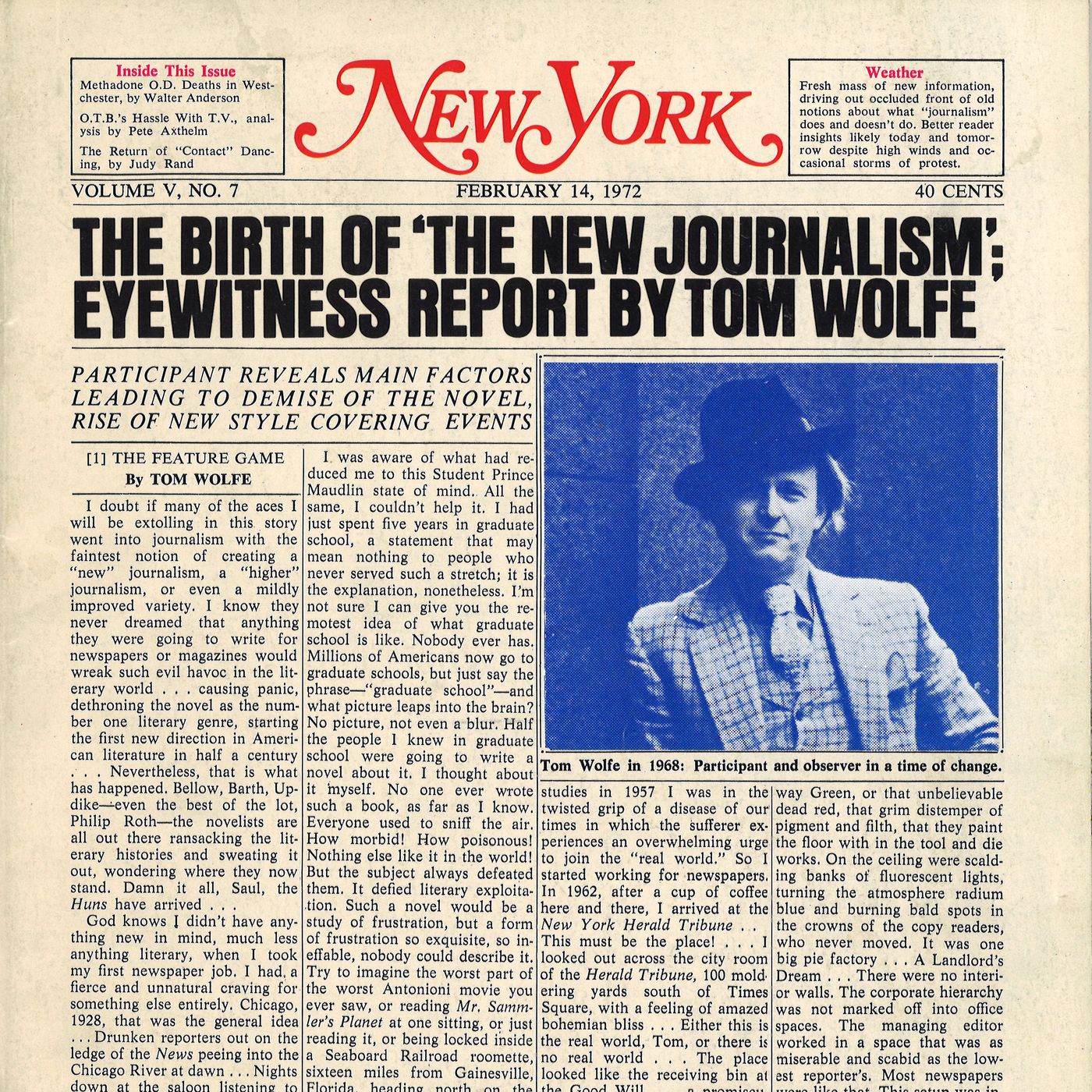The Ultimate Guide To News Articles
Table of ContentsThe Ultimate Guide To News ArticlesThe Main Principles Of News Articles What Does News Articles Mean?Some Ideas on News Articles You Need To KnowThe Definitive Guide for News Articles
Good understanding of different topics offers students an one-upmanship over their peers. Although digital and social media sites are readily easily accessible, we must not fail to remember just how vital it is to check out the papers. Moms and dads have to try and inculcate the routine of reading a newspaper as an everyday routine to continue the legacy of the revered print medium.News stories additionally have a minimum of one of the following vital attributes relative to the designated target market: distance, prestige, timeliness, human passion, anomaly, or consequence. The related term journalese is sometimes used, normally pejoratively, to describe news-style writing. Another is headlinese. Papers normally comply with an expository writing style.
Within these limitations, newspaper article also aim to be extensive. Nonetheless, various other factors are entailed, some stylistic and some acquired from the media form. Amongst the bigger and extra revered newspapers, fairness and equilibrium is a significant element in providing info. Discourse is normally constrained to a separate section, though each paper might have a different overall angle.
Newspapers with a global audience, for instance, have a tendency to utilize a more official style of creating. News Articles.; typical design overviews include the and the United States News Style Publication.
News Articles Things To Know Before You Buy
As a regulation, journalists will certainly not make use of a lengthy word when a brief one will do. News authors try to stay clear of using the exact same word a lot more than once in a paragraph (occasionally called an "resemble" or "word mirror").
However, headings sometimes omit the subject (e.g., "Leaps From Boat, Catches in Wheel") or verb (e.g., "Pet cat woman lucky"). A subhead (also subhed, sub-headline, subheading, subtitle, deck or dek) can be either a secondary title under the primary heading, or the heading of a subsection of the article. It is a heading that comes before the main message, or a group of paragraphs of the primary text.

Extra billboards of any of these kinds might show up later on in the short article (particularly on subsequent web pages) to entice more reading. Such billboards are also used as reminders to the short article in other areas of the magazine or site, or as ads for the piece in other magazine or sites. Regular structure with title, lead paragraph (summary in strong), various other paragraphs (information) and get in touch with information.

Example of a hard-lead paragraph NASA is suggesting one more area task. The agency's budget request, introduced today, included a plan to send out one more mission to the Moon. This moment the company hopes to develop a lasting center as a jumping-off point for various other room experiences. The budget plan requests about $10 billion for the project.
The NASA announcement came as the firm asked for $10 billion of appropriations for the project. An "off-lead" is the see post second crucial front page information of the day. The off-lead appears either in the top left corner, or straight listed below the lead on the right. To "hide the lead" is to start the post with history details or information of second importance to the viewers, compeling them to check out even more deeply into a post than they official source ought to need to in order to discover the necessary factors.
The smart Trick of News Articles That Nobody is Discussing
Common usage is that a person or two sentences each create their very own paragraph. Reporters typically define the organization or structure of a news story as an inverted pyramid. The necessary and most fascinating elements of a story are put at the beginning, with supporting information complying with in order of lessening value.
It permits people to explore a topic to only the deepness that their curiosity takes them, and without the charge of information or subtleties that they can take into consideration unnecessary, yet still making that information offered to extra interested readers. The upside down pyramid framework additionally allows articles to be trimmed to any kind of arbitrary size during format, to suit the area available.
Some writers start their tales with the "1-2-3 lead", yet there are lots of sort of lead available. This format inevitably starts with a "5 Ws" opening up paragraph (as explained over), complied with by an indirect quote that offers to support a significant aspect of the initial paragraph, and then a direct quote to support the indirect quote. [] A twist can describe multiple points: The last story in the information program; a "delighted" story to finish the program.
Longer write-ups, such as publication cover write-ups and the items that lead the within areas of a paper, are known as. Function tales vary from straight information in numerous means. Foremost is the lack of a straight-news lead, a lot of the time. As opposed to supplying the essence of a tale up front, attribute writers might attempt to entice viewers in.
Unknown Facts About News Articles
An attribute's very first paragraphs frequently associate a fascinating moment or event, as in an "anecdotal lead". From the particulars of a person or episode, its sight quickly widens to generalities regarding the story's topic.

The Editor's Toolbox: A Recommendation Overview for Beginners and Professionals (2001) Allan M. Siegal and William G. Connolly. The New York City Times Guidebook of Design and Usage: The Authorities Design Overview Made Use Of by the Writers and Editors of the World's read this The majority of Authoritative Paper (2002) M. L. Stein, Susan Paterno, and R.